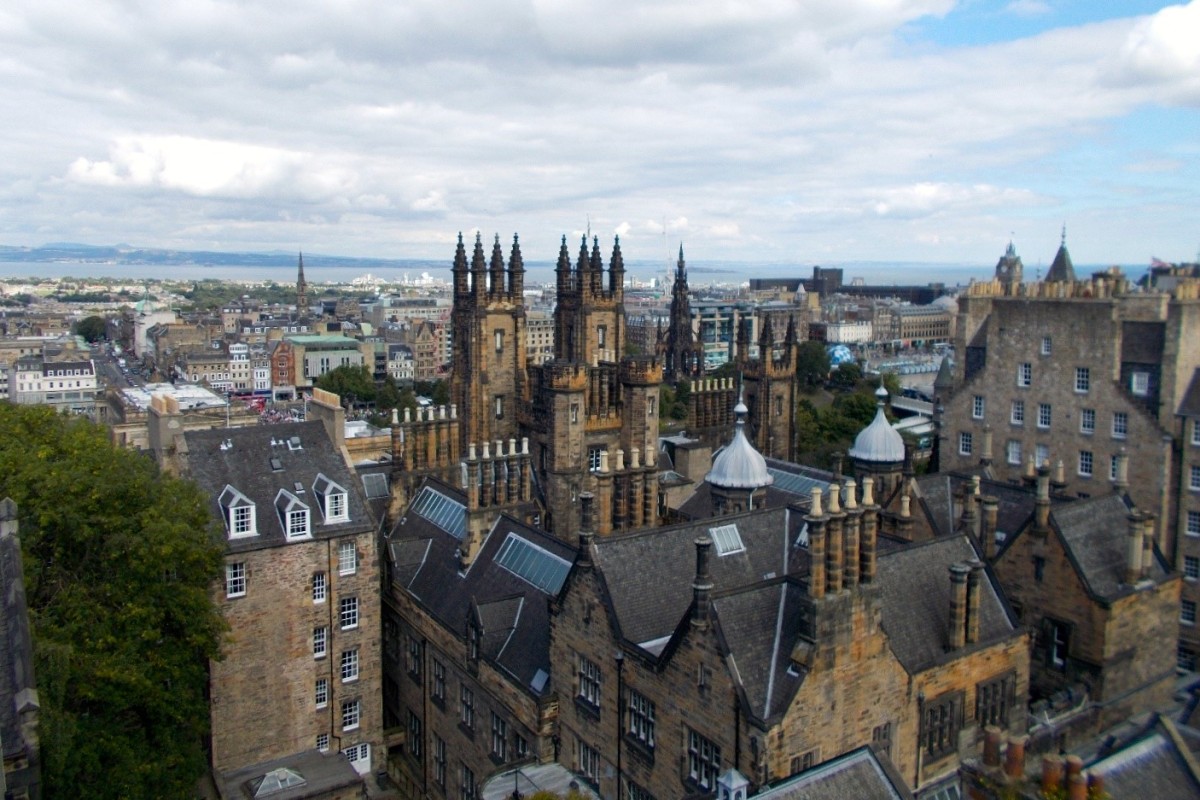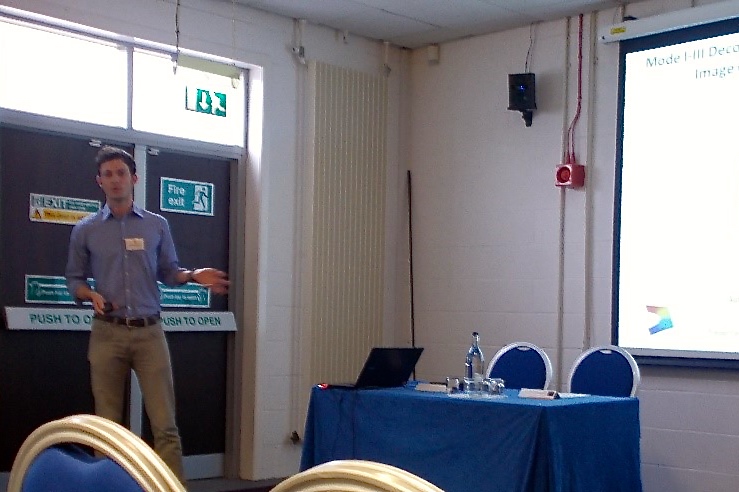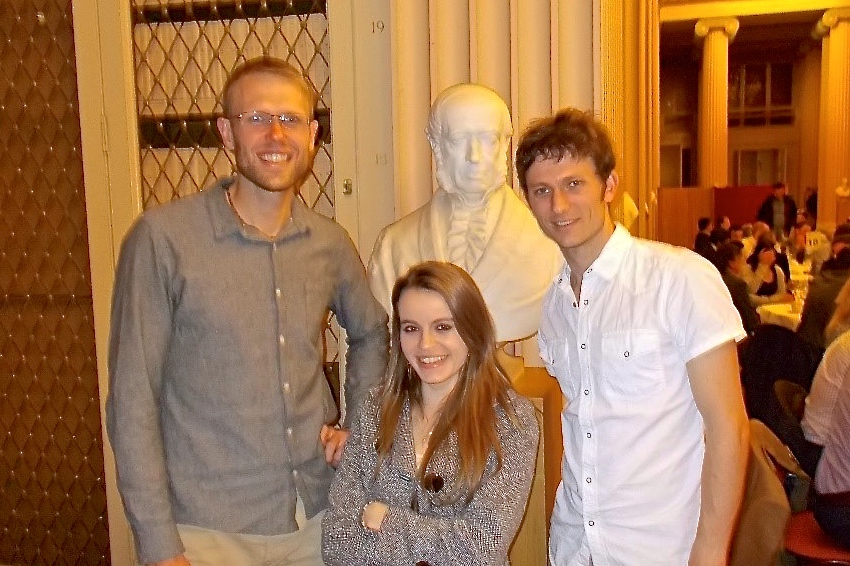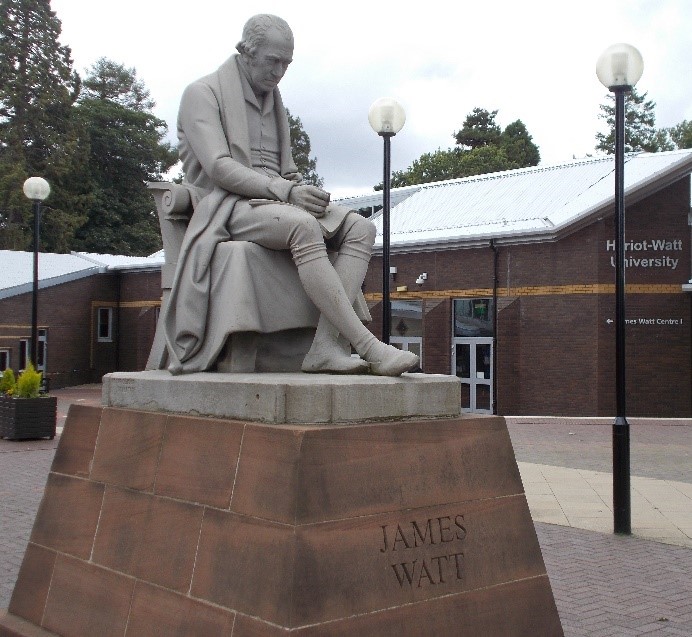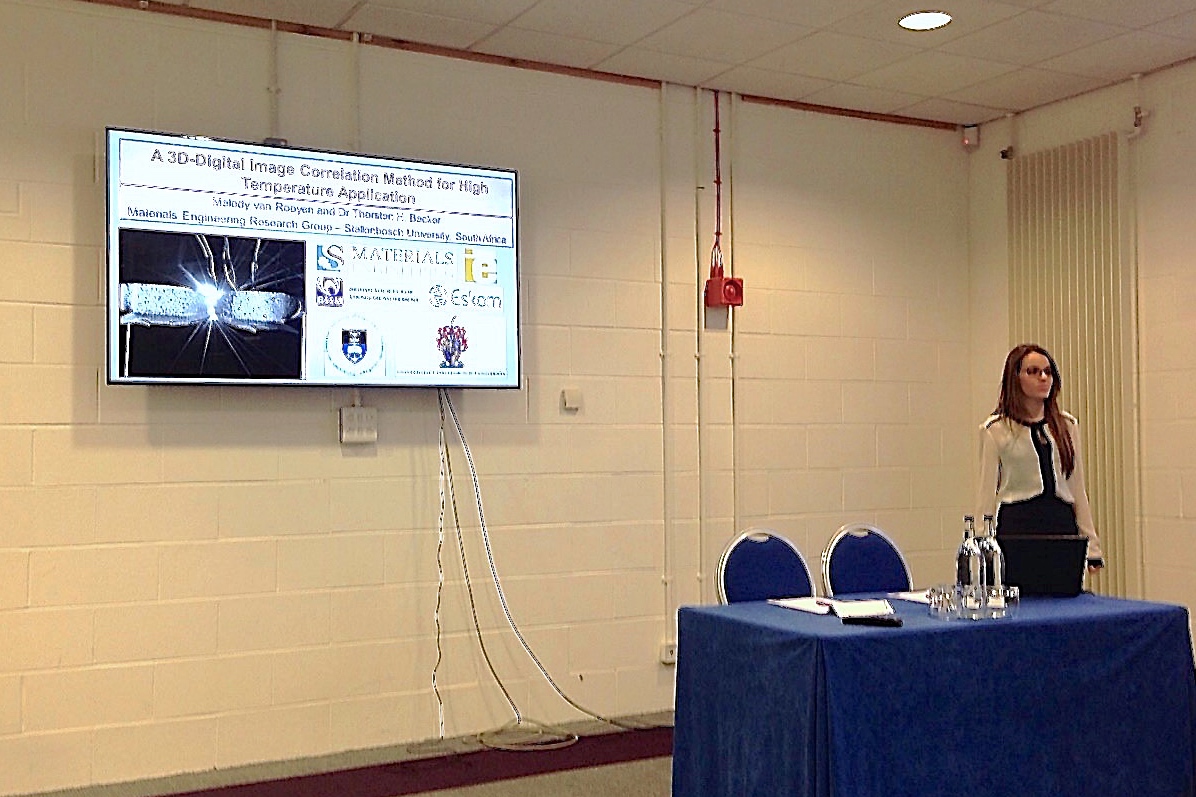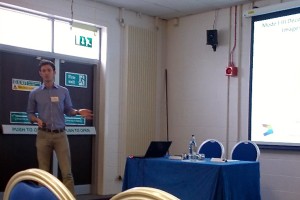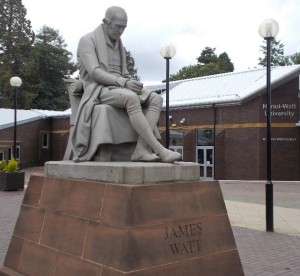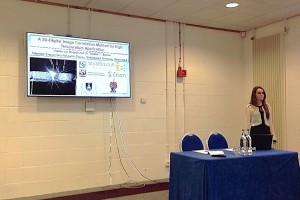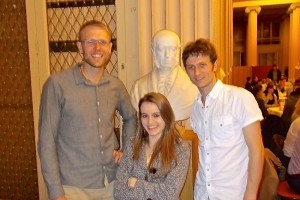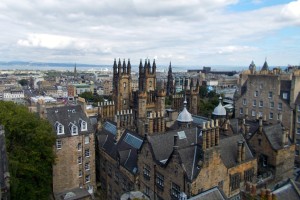After an exhausting 34 hour journey with its beginning in Stellenbosch and which comprised three flights and three train rides, we finally arrived in the historical, cosmopolitan capital of Scotland, Edinburgh. Famous for its rich history dating back to the 12th century as well as its striking architecture, Edinburgh was this year’s host city for the 10th International Conference on Advances in Experimental Mechanics. This event, which was organized by the British Society for Strain Measurement (BSSM), was held at the Heriot-Watt University situated about 11 km from the Edinburgh CBD.
The Edinburgh Heriot-Watt campus first originated as a School of Arts in 1821, but eventually the University’s name jointly commemorated the 16th century philanthropist George Heriot as well as the inspiring 18th century engineer James Watt. The quiet campus with culturally diverse students and neatly trimmed gardens provided a pleasant setting for the conference.
Before the official conference, our research team (Thorsten Becker, Matthew Molteno and myself, Melody van Rooyen) took part in a Virtual Fields Method course presented by Professor Fabrice Pierron, co-author of the book The Virtual Fields Method: Extracting Constitutive Mechanical Parameters from Full-field Deformation Measurements. This method showed great potential for integration with digital image correlation for the back calculation of material properties.
Among the official conference presenters were academics from Japan, Australia, Italy, Belgium, England, Germany, Austria, Sweden, France, China, Turkey, USA and, of course, South Africa. Topics that were covered ranged from experimental measurement of strain using Digital Image Correlation for material property assessment, to experimental techniques within biomechanical and geomechanics fields. One particular presentation that caught my attention demonstrated how DIC could be used to quantify moisture induced fatigue within century-old museum painting frames. Other topics focused more on the application of digital image correlation at high speeds.
The BSSM conference provided an opportunity for us to showcase some of the projects currently underway within the Materials Engineering research group. Matt presented his work on using a combined DIC-numerical method to back calculate stress-intensity factors through decomposition of the J-integral. I presented my current Masters work on using a high temperature DIC setup for measuring creep on power plant steel. Both presentations received positive feedback as well as insightful comments from the conference attendees and session chairs.
The conference concluded with a three course meal with traditional Scottish cuisine in the beautiful Georgian-styled Signet Library located in the heart of the Old Town of Edinburgh. Our research group networked over plates of delicious Scottish salmon, haggis-stuffed chicken and a sweet dessert whilst admiring the historical richness of the library paintings and statues.
The BSSM conference was a great opportunity to meet researchers with novel ideas and experimental solutions to quantifying phenomena that were previously unmeasurable. It is hoped that South Africa will be host country to this event in the near future, allowing local researchers and students to join and showcase their work as well as learn from world-renowned experimental experts.

